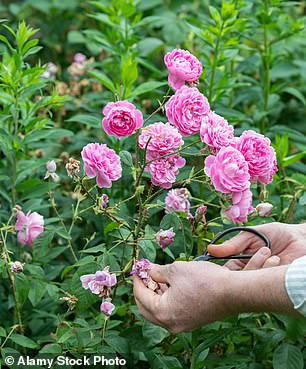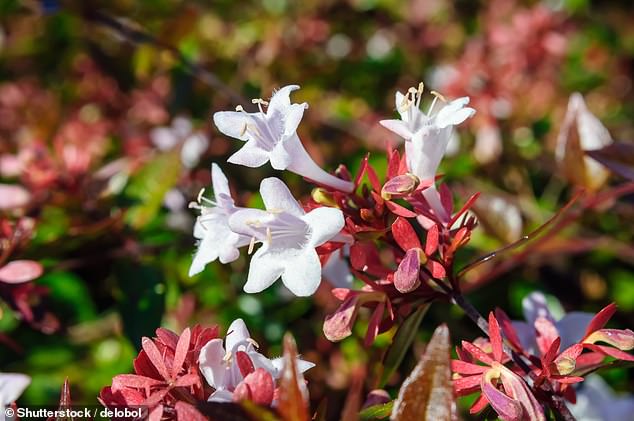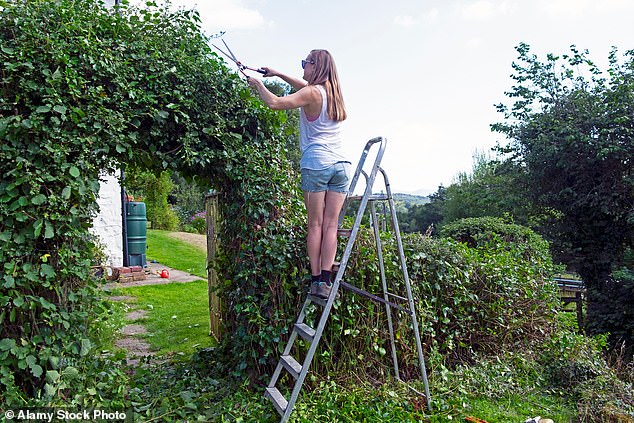GIVE NATURE AN ORDER BEFORE WINTER
A mild autumn has caused many plants to regrow and even bloom again unexpectedly. Before the colder weather arrives, take advantage of the dry days by trimming, pruning and tidying up your garden before winter.
Trim shaggy evergreen hedges, making sure to taper them as you go up and step back to check your work.
When it comes to herbaceous perennials (those plants that die now and re-emerge in spring), they will also benefit from a thinning, which will help boost flowering next year.
Remove all dead and decaying material and add it to the compost pile. Then cover the base of the plant with well-decomposed organic matter. This will protect it, add nutrients to the soil, and help suppress weeds that compete with perennials.
You can also cut ornamental grasses between 10 and 25 cm from the ground.
Before the cold weather arrives, take advantage of the dry days by trimming, pruning and tidying up your garden before winter.
Leave pruning perennials with woody stems like penstemons until spring to protect the plant’s crown during the winter.

It is now a good idea to reduce the length of the stems of leggy roses to protect them from storms.
You may want to save some seeds for their attractive appearance (and for the birds and wildlife that use them for food and shelter), such as artichokes, thistles, and sea hollies.
PROTECT TALL ROSES FROM WINDROCK
The main pruning of bush roses should be done in late winter, but now it is a good idea to reduce the length of long stems to protect them from storms.
Windrock is when roses sway during gales, damaging the roots. Remove a third of the stem, cutting above the outer bud. Place any foliage with black spot in municipal green waste.
SWEET PEAS, EASY SOWING!

November is an ideal time to get ahead with sweet peas (pictured)
You may think it’s too late to sow seeds in November, but now is an ideal time to move forward with sweet peas.
Choose heirloom varieties or cultivars ranging from the palest blue to the deepest purple.
Fill 9cm pots with compost and plant three seeds in each, 2cm deep. Water and keep in a greenhouse or sunny windowsill before planting next spring.
PLANT OF THE WEEK
ABELIA GRANDIFLORA

Abelia Grandiflora (pictured) is one of the few garden plants that still blooms in November.
This evergreen shrub is one of the few garden plants that still blooms in November.
From summer to late autumn, it is covered with masses of small, pale pink bell-shaped flowers that give off the most delicious fragrance as you pass by.
For this reason, it is best planted next to a path or in front of a house where people pass by.
Happy in most free-draining soils, it prefers a sunny, sheltered position and will not tolerate a cold, windy location or somewhere where its feet are submerged in water.
There is still time to plant one before the temperature drops.
READER QUESTION
Why has my monstera become mushy?
Katie McBride, Durham.

Monsteras (pictured) come from Mexican rainforests and like humidity, so they will benefit from being misted from a spray bottle.
There may be several reasons why your monstera, or Swiss cheese plant, is drooping.
Have you moved it recently? If so, make sure it is not exposed to a cold draft. The ideal temperature is 18c to 25c.
Is the soil too dry? It may benefit from a good soak. Place it in a sink full of cold water for 45 minutes or until the soil feels moist. If it is dry, water from above.
Monsteras come from the Mexican rainforests and like humidity, so you will benefit from misting them with a spray bottle.


